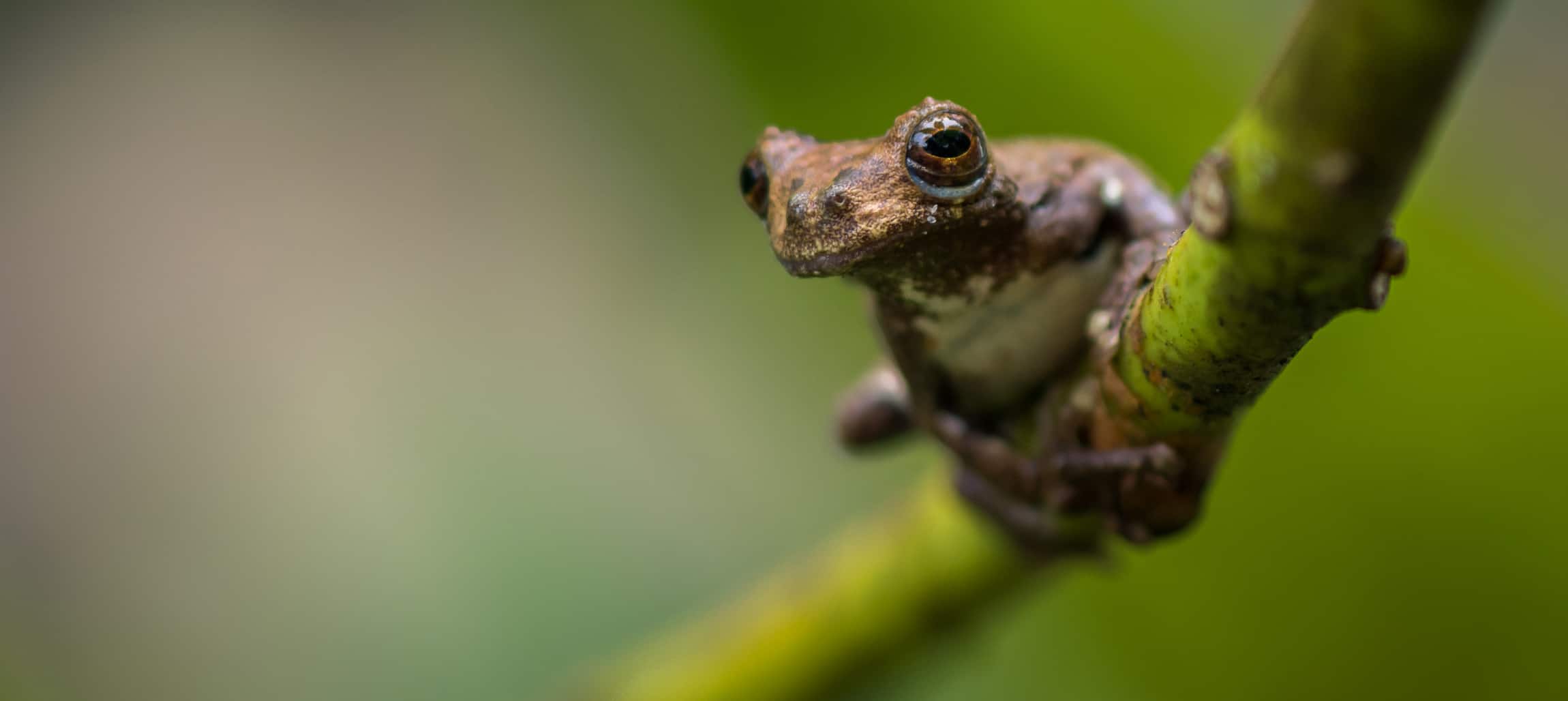Share this article
Fossil information can help inform future conservation
By looking at past ecosystem scenarios or paleo-archives, researchers are learning more about how wildlife may react to future climate change scenarios.
These records of past landscapes and climate — paleo-archives — can provide evidence for what to anticipate in terms of the collapse of species and ecosystems, said Damien Fordham, an associate professor in the Environment Institute and School of Biological Sciences at the University of Adelaide, Australia.
“Paleo-archives provide this unique opportunity to estimate and understand ecological and evolutionary responses to various rates of magnitudes of natural climate warming,” Fordham said. “And importantly, some of these are comparable to 21st century projections.”
Some studies use outdoor experiments to see how the natural environment responds under controlled conditions, he said, but they can’t capture the complexity of real world systems. He wanted to see what could be learned from real changes that occurred in the earth’s past.
In a study published in Science, Fordham and his colleagues drew upon the expertise of leaders in climate science, paleontology, ecology, paleo-genomics and macro-ecology to discuss the data they have collected over the years and what tools they have used to better understand how wildlife have responded in the past to climatic events.
“Many of the authors involved in this study actually spend long periods of each year in remote parts of the world doing things like drilling ice cores to understand past climate change events, excavating fossils from caves and lakes and from beneath the melting permafrost,” he said. Others involved in the project analyzed DNA extracted from fossil material, which can provide a window into the past about demographic responses of species and communities to climate change, he said.
After reviewing data reaching back 130,000 years, the researchers pinpointed areas that had experienced climate warming events in the past that are demonstrative of the same pace and magnitude that climate change is occurring at today. Some of these areas include the Arctic, Eurasia, the Amazon and New Zealand.
“Future research should really focus on using the rich paleo-ecological records in these regions as natural laboratories for better anticipating biotic responses to future climate change,” he said.
Using metrics such as those used in the IUCN Red List and the Living Planet Index used by the World Wildlife Fund, the team sought to measure biodiversity changes that have occurred over many millennia, Fordham said, creating a sort of “common currency” to understand how biodiversity is affected by climate today.
Today’s Earth is different than it was in the past, though, Fordham warns. It’s not just climate change that is eroding biodiversity worldwide today. Factors like human development and invasive species play major roles, but they have no comparison in the fossil records. This time around, he said, biodiversity loss may be even greater.
“The past is not a direct analog of the future,” he said, but these ancient scenarios can help paint a picture of what future climate change may look like.
Header Image: A marmorea frog (Dendropsophus marmoratus) perches on a branch in the Amazon rainforest. Using fossil records, researchers found places like the Amazon faced prehistoric climate warming events comparable to today’s. Credit: Sebastian Di Domenico








